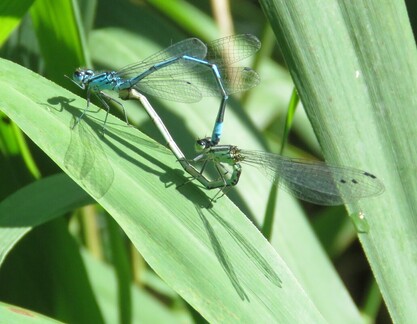 Azure Blue Damselfly in the mating-wheel
Azure Blue Damselfly in the mating-wheel There are sounds of water trickling and the landscape turns green again after a June drought. July is cool and showery whilst southern Europe bakes in extreme temperatures and blazes with wild fires. Purple loosestrife flowers and hemp agrimony is budding and fresh. Sunlight catches the distinctive leaf shape of brimstone wings that appear white, then momentarily pale green. Maybe a burst of orange out of the tree-shadows that fringe the ride was Silver Washed Fritillary, too fleeting to be sure. Then a large butterfly alights on hemp agrimony and I reckon it's a female Silver Washed Fritillary. If I'm right this will be my first image of a female, something I had on my wish-list.
Meaadow-sweet gives way to a bank of gunnera and greater willowherb which grows lush beside the catchwater where Holly Blue butterflies flit about. 'Look behind you, ' a dazzling blue butterfly alights beside me and others bask on the sunlit parapet of the bridge where their pale under-wings blend with white stone.
They dance about us as they flit over the gravel track and come down to suck up moisture and mineral salts. Wings closed, they assume the pallor of chips of gravel. Then take off in a flash of bright blue. Holly Blue is an exquisite butterfly. The underwing has tiny flecks of black on white wings textured with fine hairs. The antennae show white bands on black. Their legs repeat a black and white motif but the pattern is irregular- like the fine specks of black on the bluish-white veined wings. Gravel isn’t the most aesthetic foil but the butterflies are all about our feet and my images show a dark proboscis reaching down amongst the moist chips of gravel to suck up salts and minerals. Last summer, we watched Silver Washed Fritillary settle on soft mud and doing the same thing
And for his helpful response to my question regarding Holly Blue behaviour on gravel.
Holly Blues are very attractive with their pale under wings and striped legs. I also saw some yesterday on gravel. I think they are taking in salts and minerals, other species also do this. I have seen large numbers of mixed species in Europe also doing the same thing, great fun checking each butterfly!!!
Thanks also to Chris WInnick for confirming the ID of a female Silver Washed Fritillary.
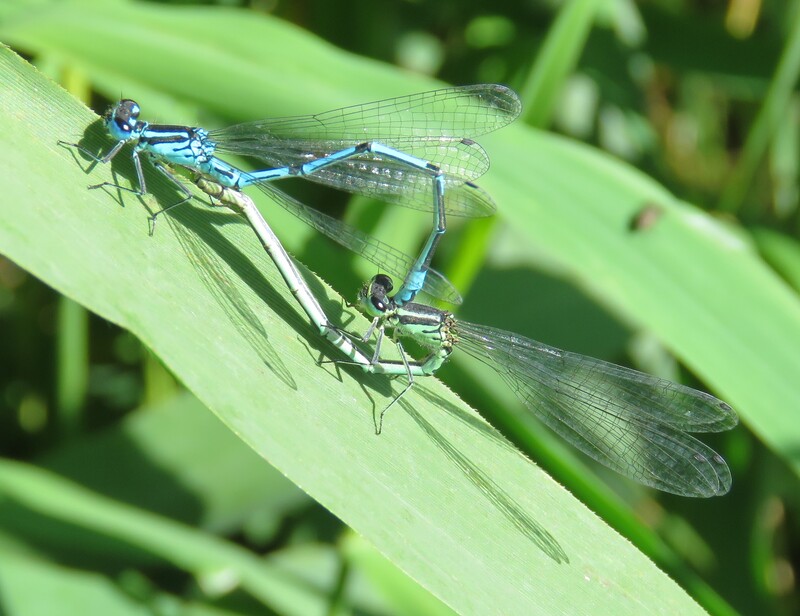
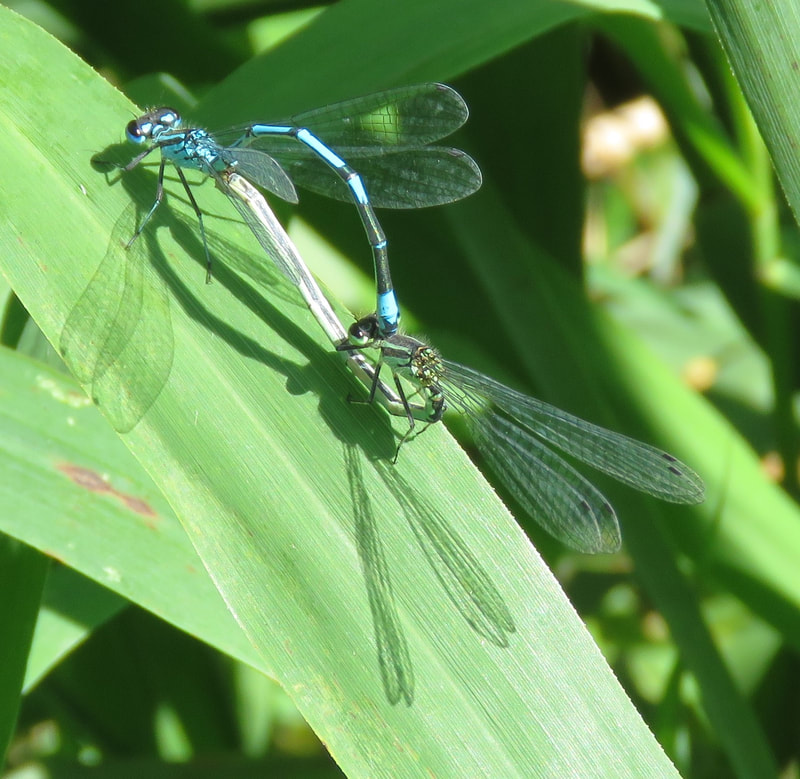
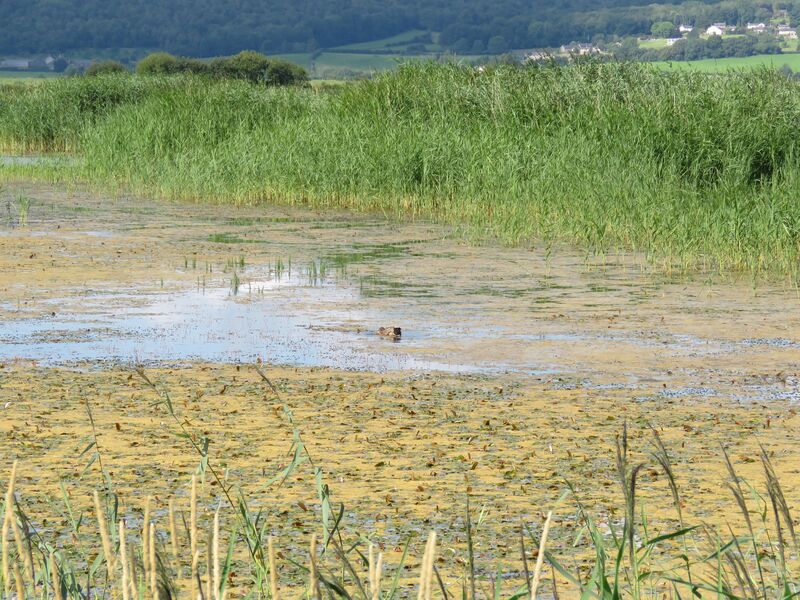
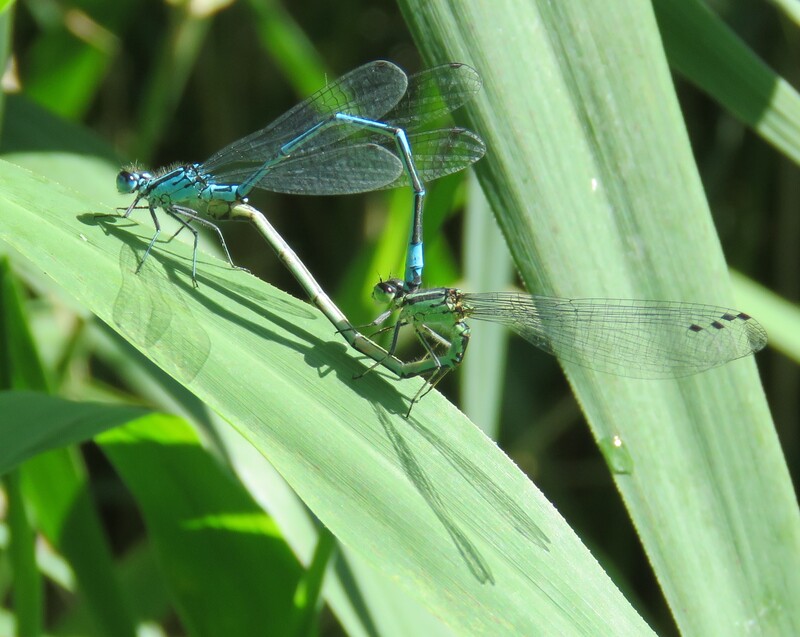
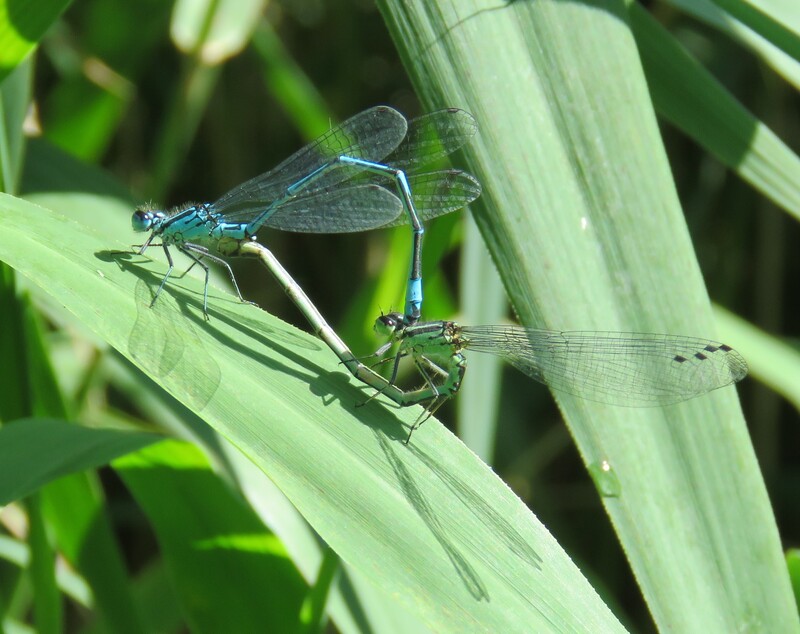
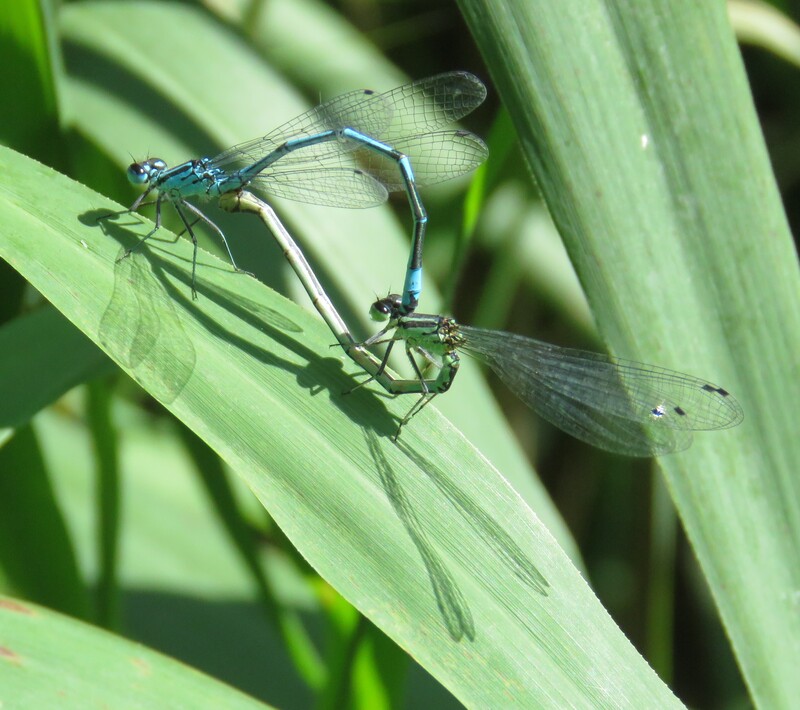
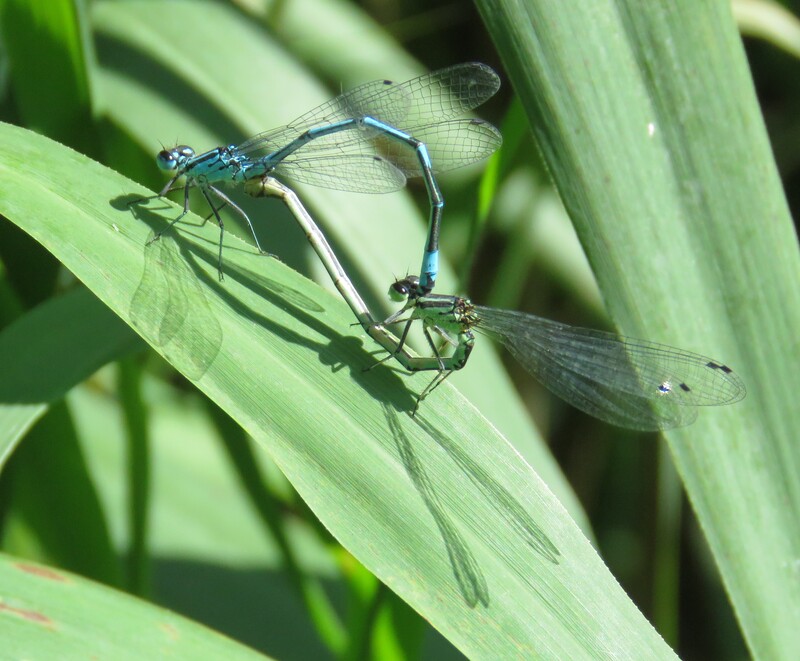
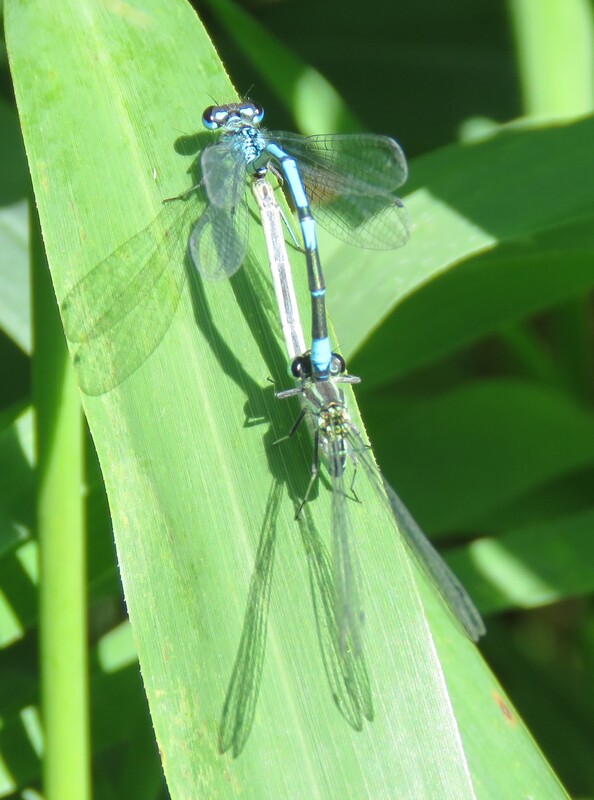
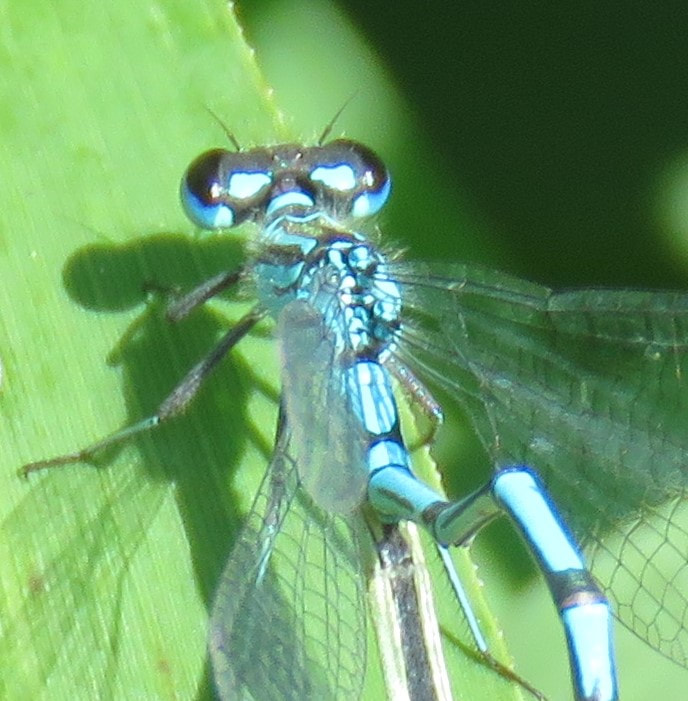

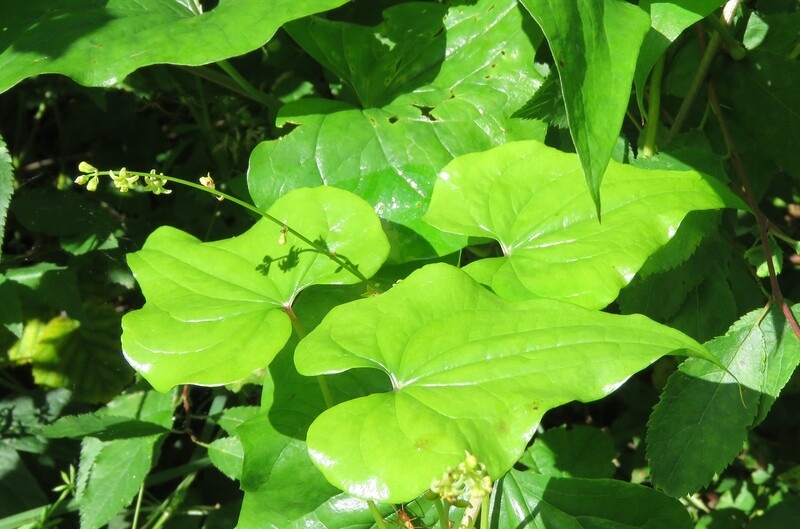
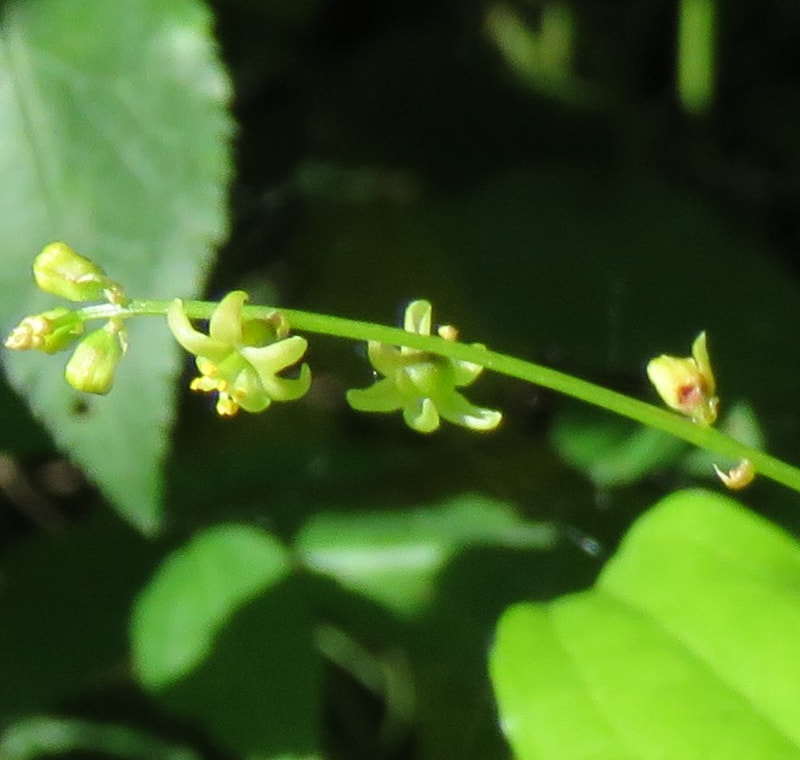
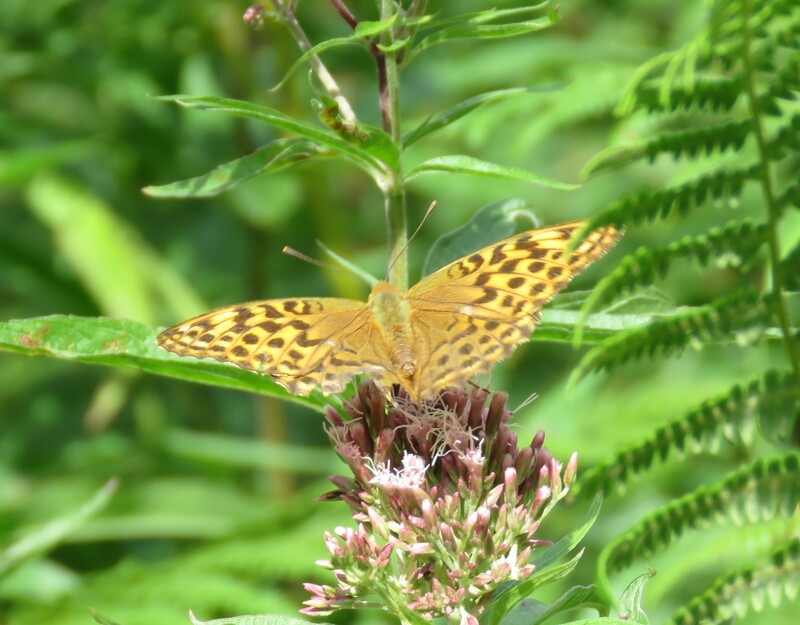
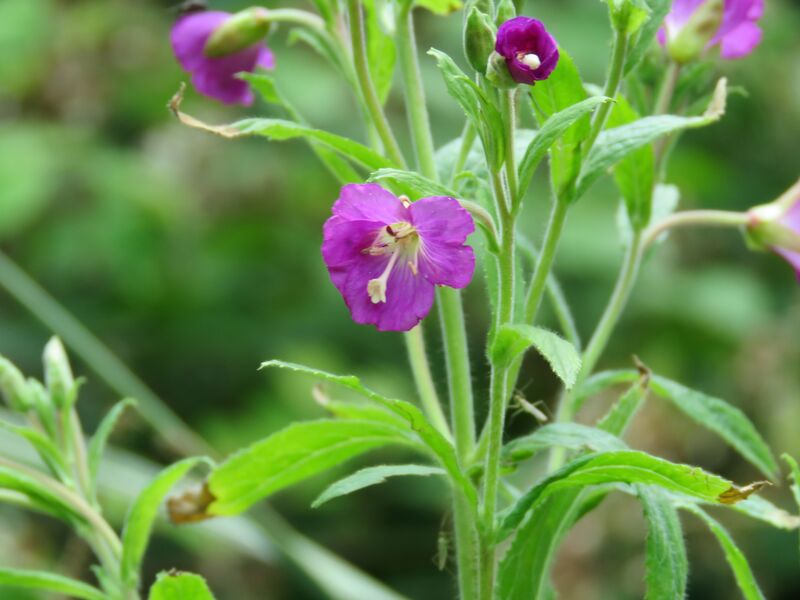
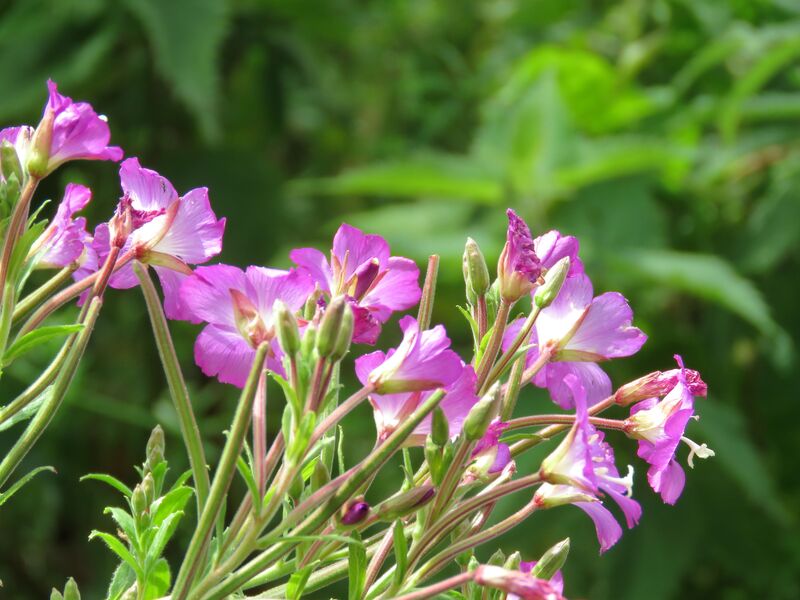
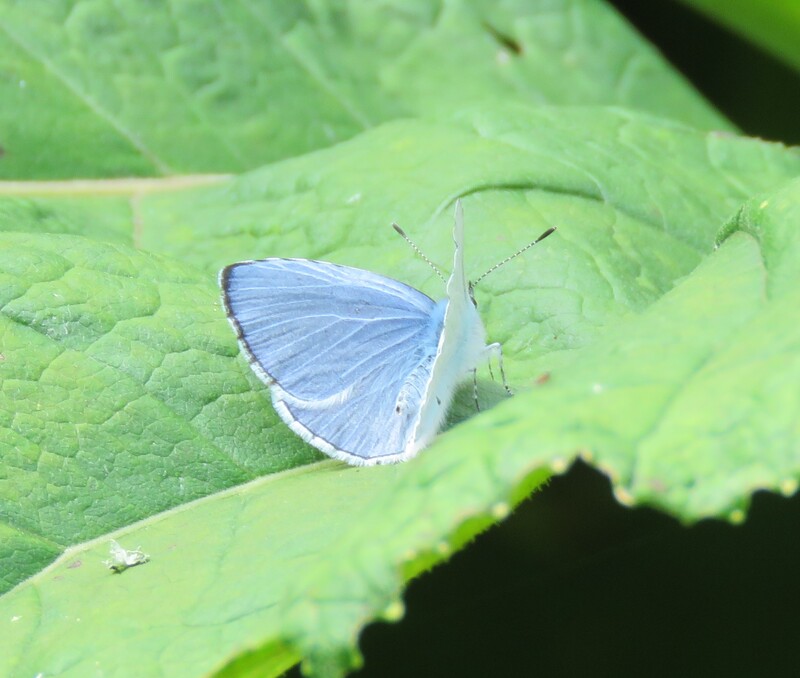
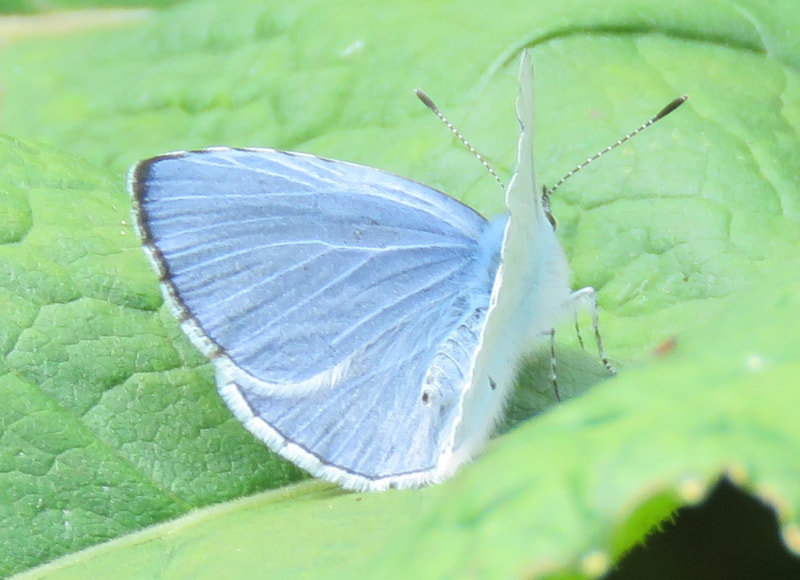
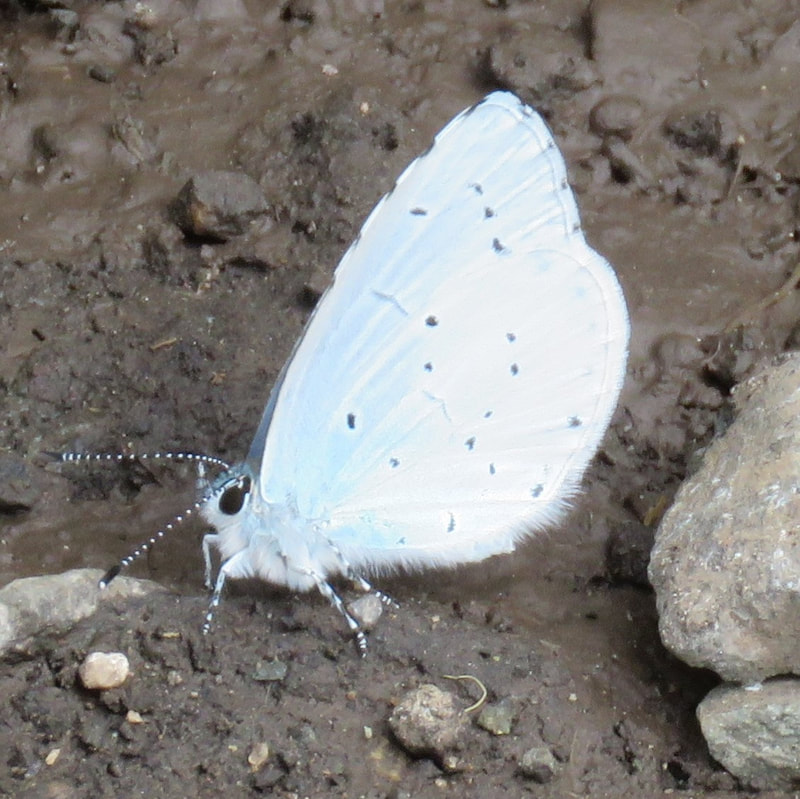
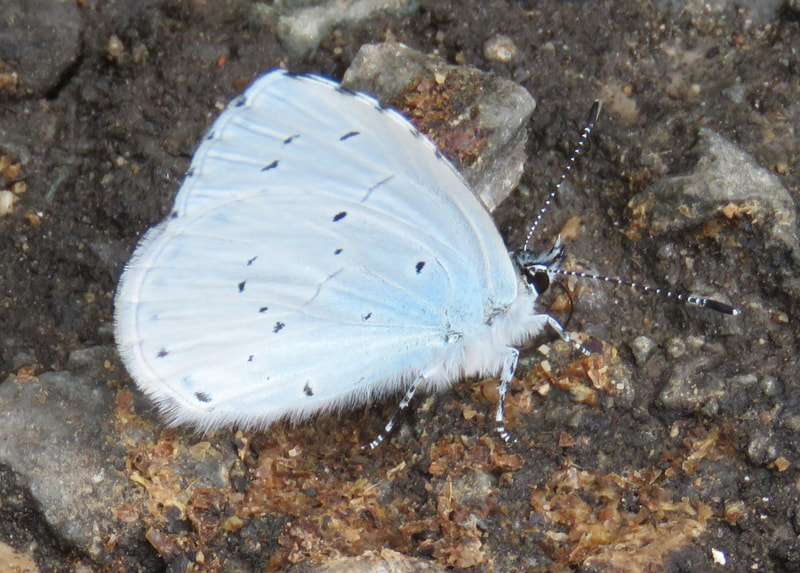
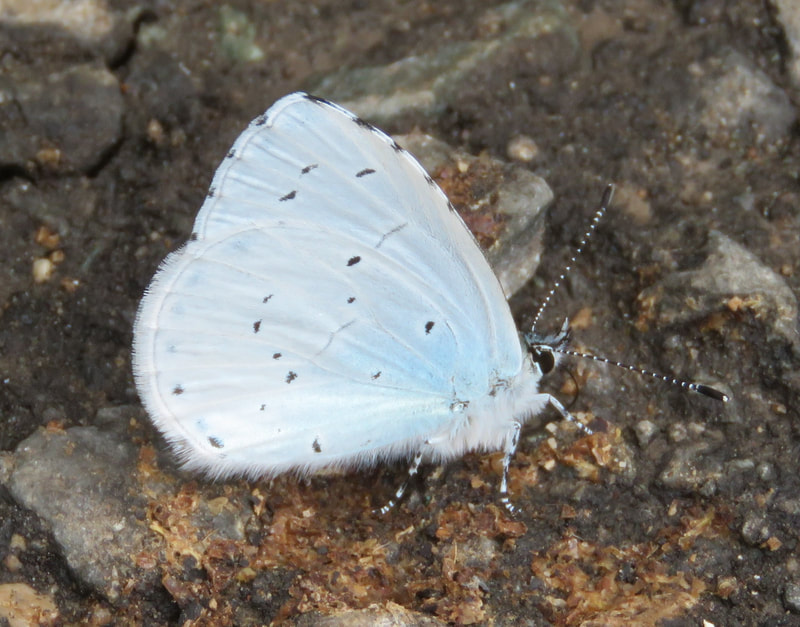
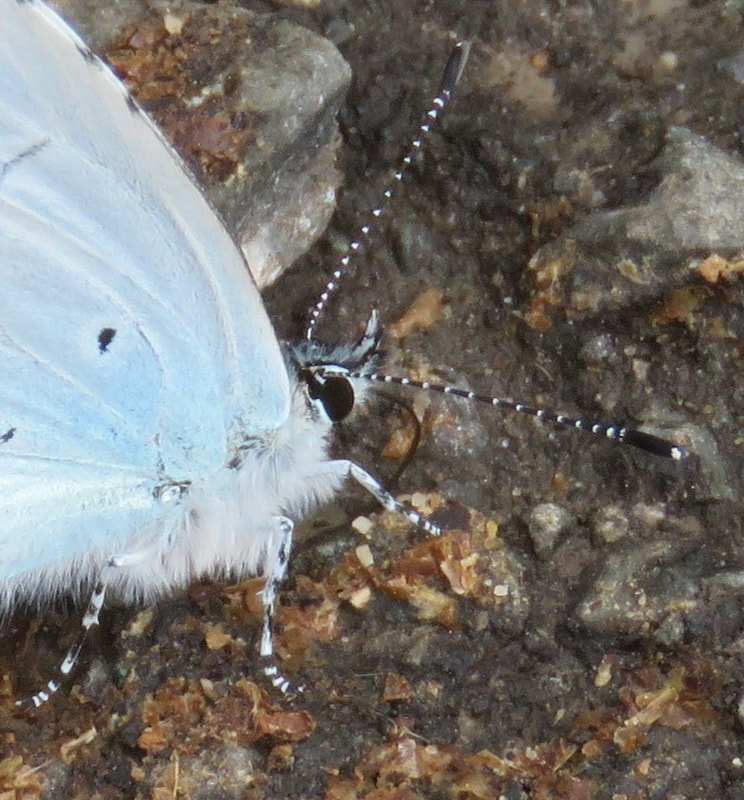
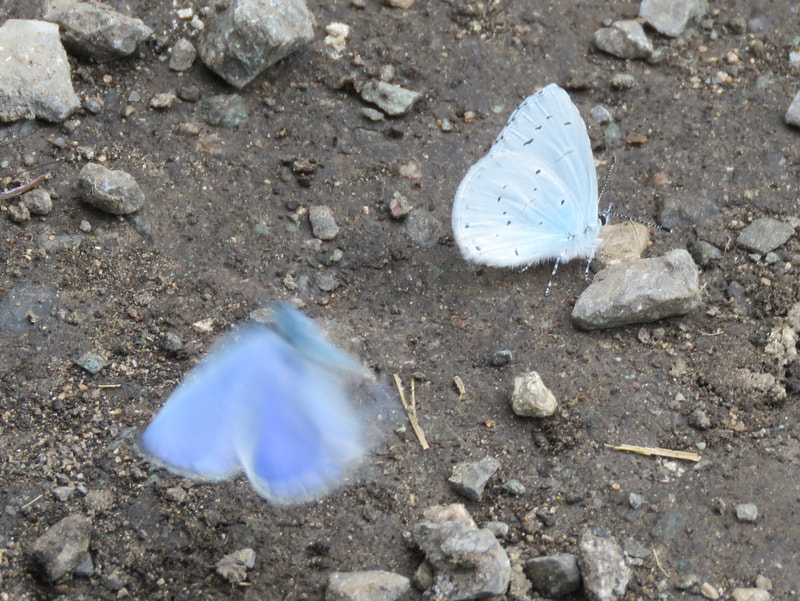
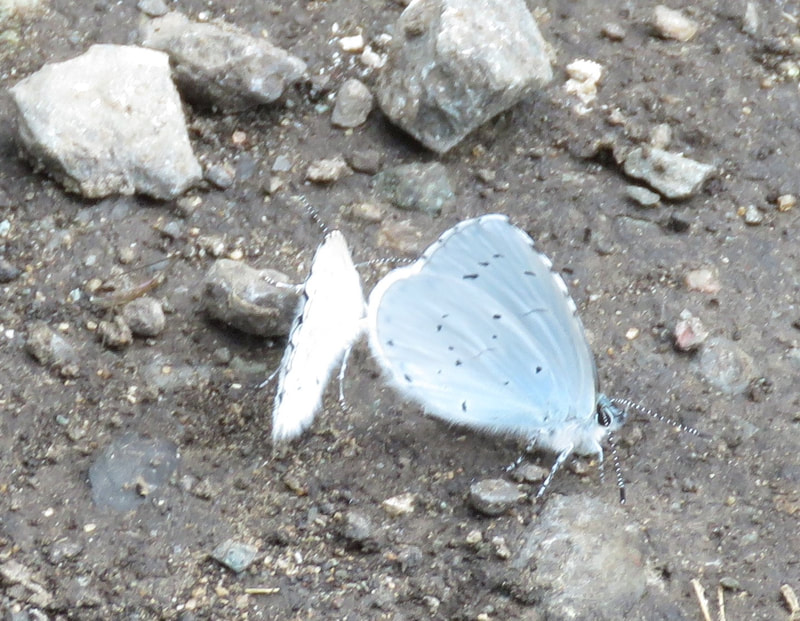
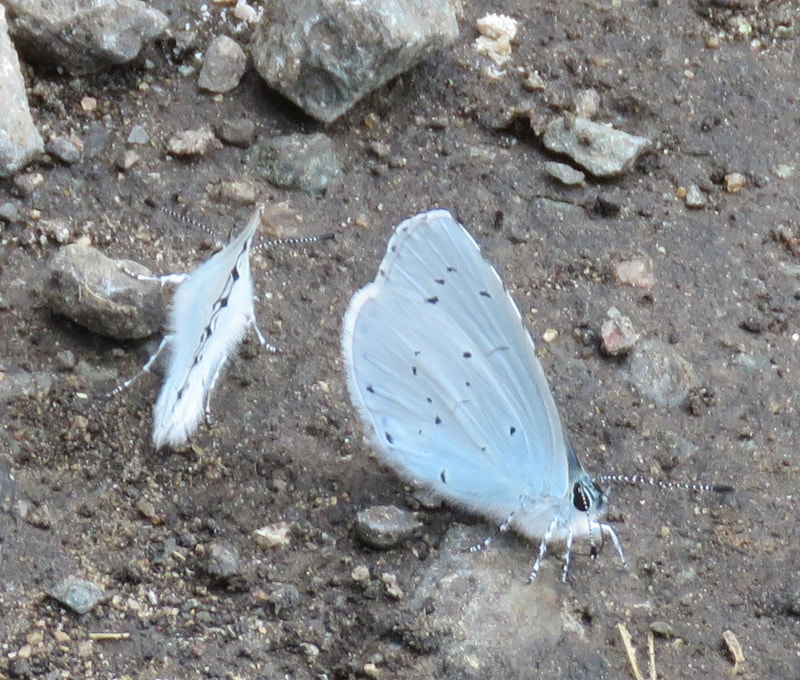

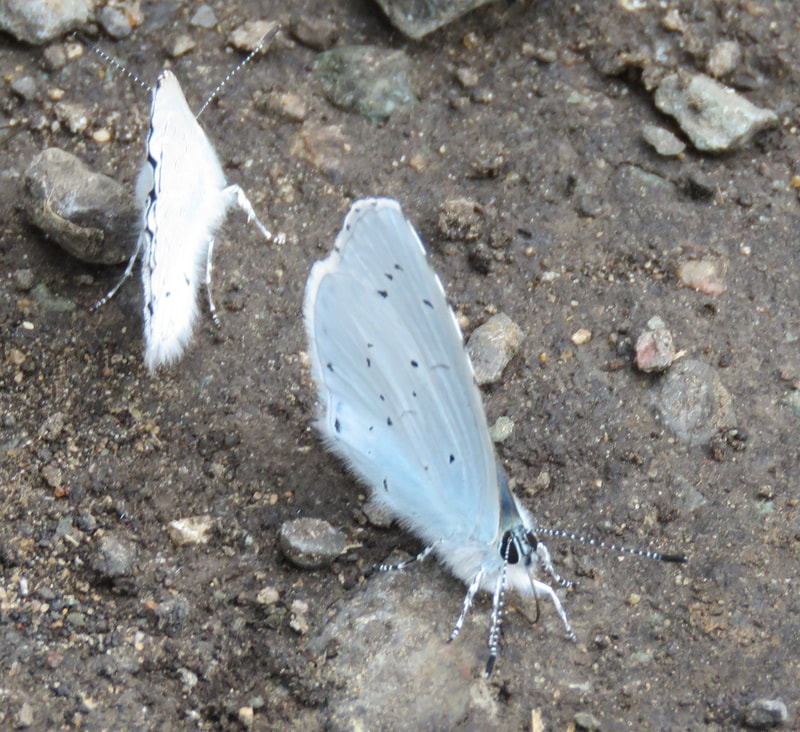
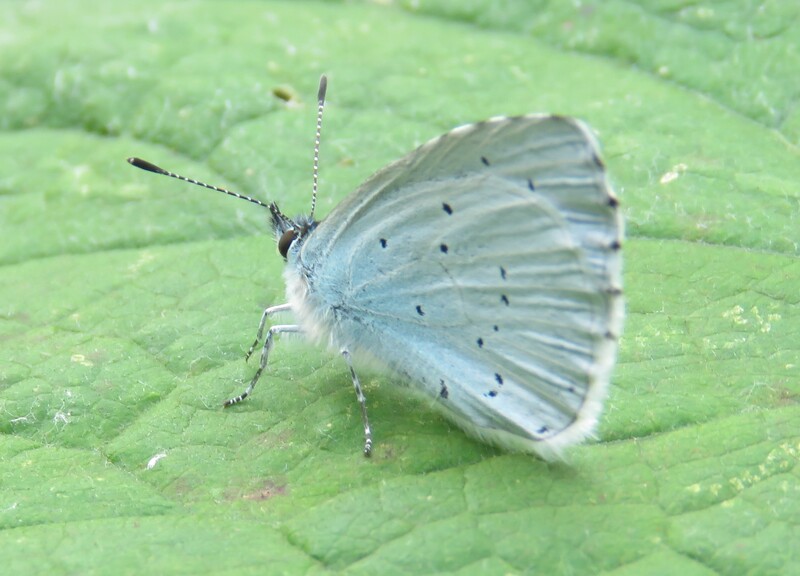
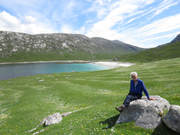
 RSS Feed
RSS Feed